What is the difference between fir and spruce?
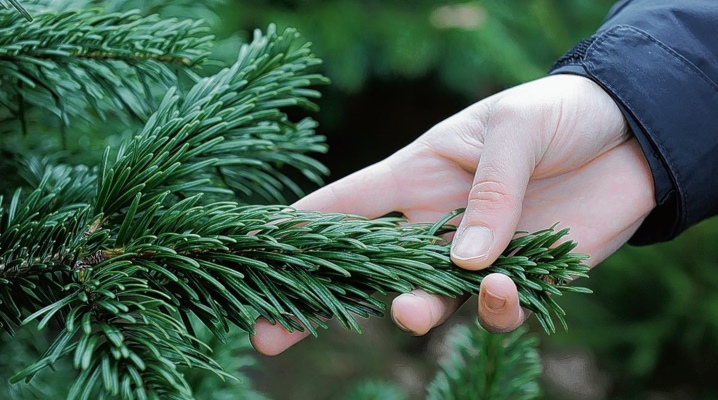
Both fir and spruce are conifers. If you do not peer or look from afar, you can say that they are completely identical. But despite this, these two trees have a lot of differences both in description and in care, use for human needs.

Major differences
Evergreen conifers are very similar in appearance, but they have quite a few differences. First of all, it should be taken into account that they grow in different natural zones.
Spruce is a more frost-resistant type of coniferous trees., more common in the northern hemisphere, often grows as a dense forest or as part of a mixed forest. It can grow up to 40 meters up, in width reaches no more than 2 meters, it is for this reason that they are most often easily blown away by strong gusts of wind.
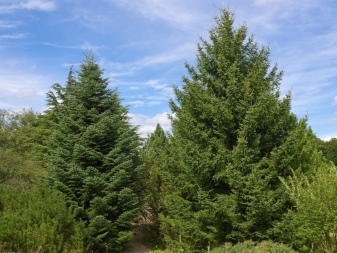
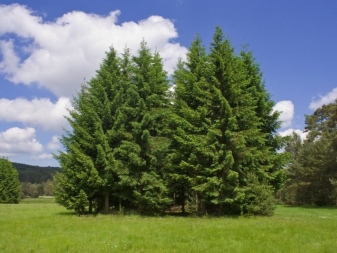
Fir, on the other hand, is not so frost-resistant, therefore it grows mainly in the Caucasus., in the southern part of Siberia, is also common in the Primorsky Territory. It grows up to 60 meters in height, the first decade the growth is minimal - about 10 cm per year. At the same time, it is very sensitive to the climate and the amount of moisture in the soil. The shape of the crown is in the form of a pyramid, the trunk is straight and smooth.
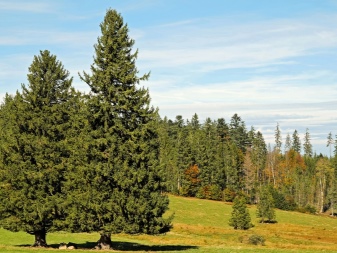
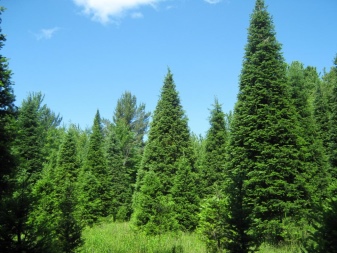
How to tell?
There are several basic signs that will help you determine exactly which tree is in front of you: spruce or fir.
- Needles. If we compare the needles of a fir and a Christmas tree, we can say that in fir they are much softer, thornless, have white overflows on the sides, while in spruce needles are prickly, have a tip that resembles a real needle, they are much harder than in fir.
The needles are also located in different ways: in the fir they are planted much more often than in the spruce.
Also, the needles of trees differ in size: in fir they are longer, and in spruce they are short. Life expectancy also varies: in the fir, the needles live about 12 years longer.
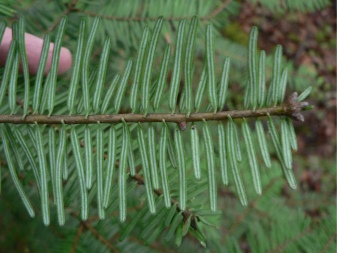
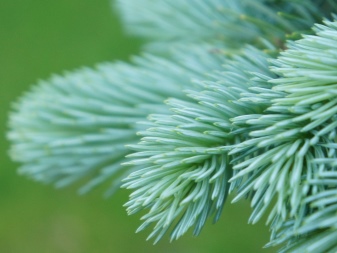
- Crown. In fir, its shape resembles a regular pyramid, while in the Christmas tree asymmetry can be traced.
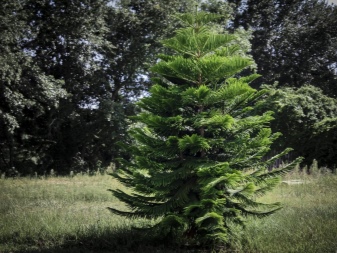
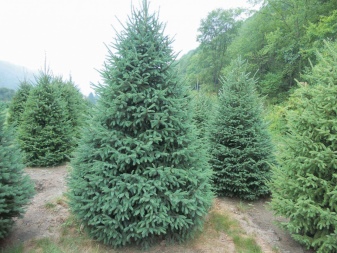
- Smell. The smell of a tree evaporates much faster, and a fir tree lasts for a long time.
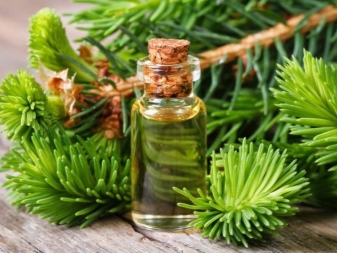
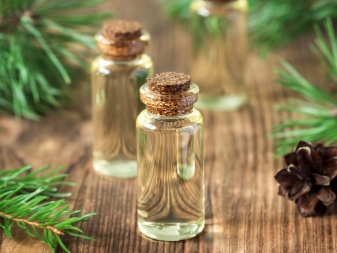
- Cones. They hang from spruce trees, and from fir trees they look up, resembling rows of candles. After ripening, the fir cones crumble into particles, leaving a bare core, while in the spruce, after ripening, the cone only begins to open, nothing crumbles at the same time.
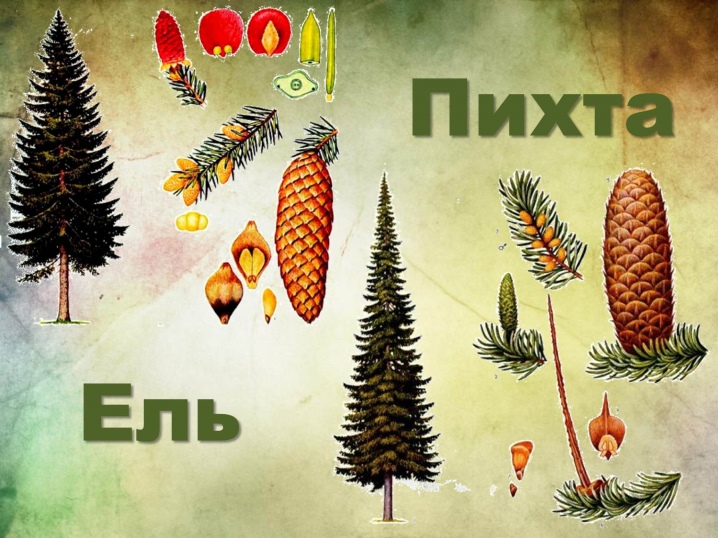
- Branches. In fir, they look flat due to the fact that they are densely planted with needles parallel to each other, in spruce, the needles grow chaotically, so the branches are visually more voluminous.
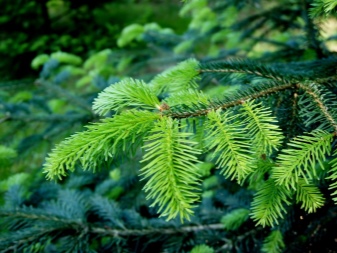
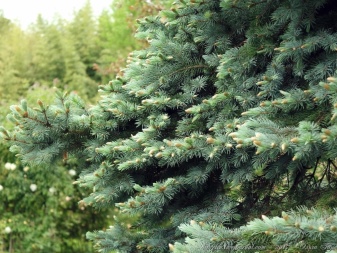
- Bark. The fir bark is very smooth, without any inclusions and irregularities, while the spruce, on the contrary, has a rough, very thin, resinous trunk. The color of the bark is ash gray, while the color of the fir is light grayish.
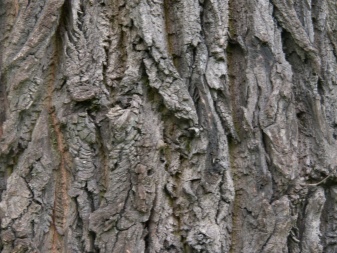

- Seeds. Outwardly, they are very similar, but the seeds of the fir tree are firmly connected to the wing, and in the spruce, the seeds are easily separated from the wings.
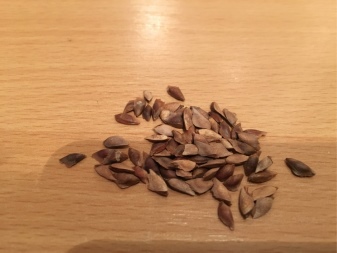
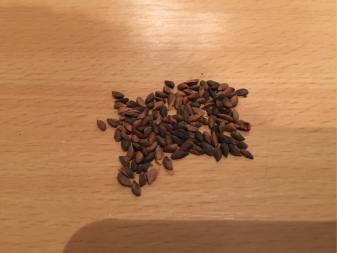
As you can see, there are a lot of differences between fir and spruce, which can be noticed if you try. It should also be noted that the fir tree is capable of propagating by layering.
What is the best choice?
Spruce or fir? If such a question arises before celebrating the New Year, then we can confidently say that it is better to choose the first option, because this tree gives a richer aroma that does not evaporate for a long time.
If you choose a perennial plant for other purposes, such as construction, you need to consider what exactly it will be used for. It should be noted that in the construction market, spruce is more expensive than fir.
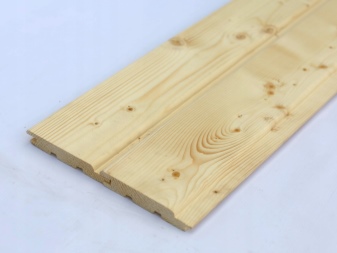
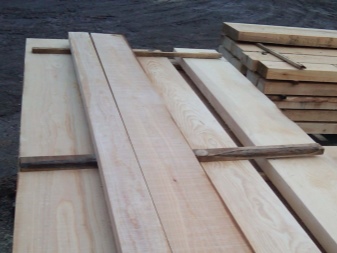
It is used not only in the construction of houses - it is also used to make musical instruments, such as violins.
Spruce is also actively used in the pulp industry, in this area it is quite popular, because its trunk color is white.
Fir wood is also used in the same area, but less frequently. In the construction industry, it is not very highly valued, as it is very fragile and fragile. But due to its property not to transfer any extraneous odors to food products, fir is widely used for the manufacture of barrels for storage.
In medicine, fir is valued for its beneficial qualities, especially oil, which helps to cure various diseases.
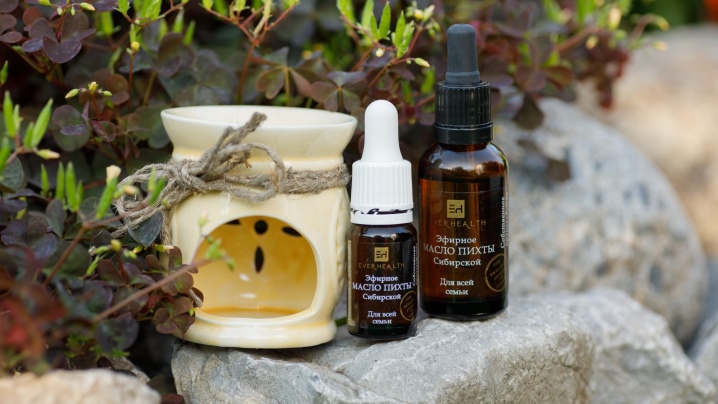
If you choose a tree for planting on a site, then it is worth starting from the area in which you live, because one species tolerates frosts better than the other, as mentioned earlier.
You also need to take into account that the tree is more difficult to plant due to the fact that it is very prickly. In this case, it is imperative to use protective equipment for different parts of the body.
When choosing a plant, you need, in addition to the basic criteria, to rely on your own preferences and features of the existing landscape. There are times when one of the trees may not fit into the overall design concept of the site. In addition, if small children live with you, it is preferable to choose fir varieties for planting, since the needles do not differ in their barb.
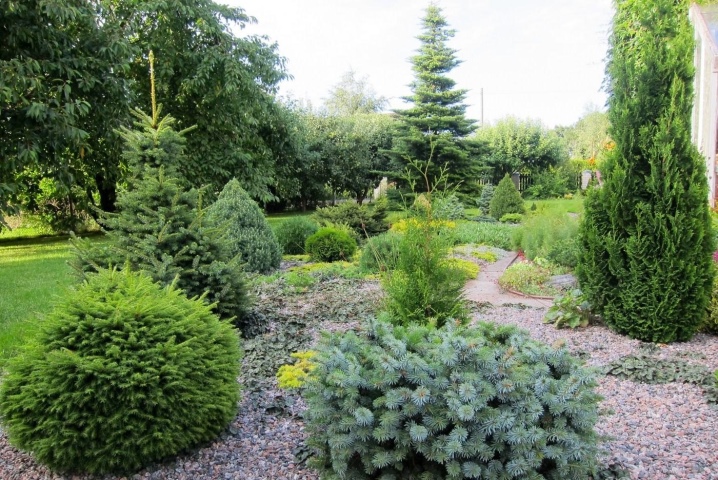
In this case, it is better to place spruces in remote corners of the garden.
It should be noted that these types of trees have a lot of different varieties and species, which also differ in shades of needles, length and other features.
The difference in care
Both trees are shade-loving and require little maintenance. But there are several points that you need to know and follow, otherwise you can be left without beautiful vegetation.
For planting a fir tree, it is worth choosing an open area, the presence of a small shadow is possible. Soil composition should be neutral and good drainage is encouraged. Unlike fir, spruce is not so demanding on the soil and the place of planting. This is its advantage. A shady place and soil with a high moisture content are suitable for spruce. In addition, it is more frost-resistant, this can also be considered an advantage, since most of the latitudes of our country have cold winters, and the spruce easily tolerates severe frosts even for a young seedling.
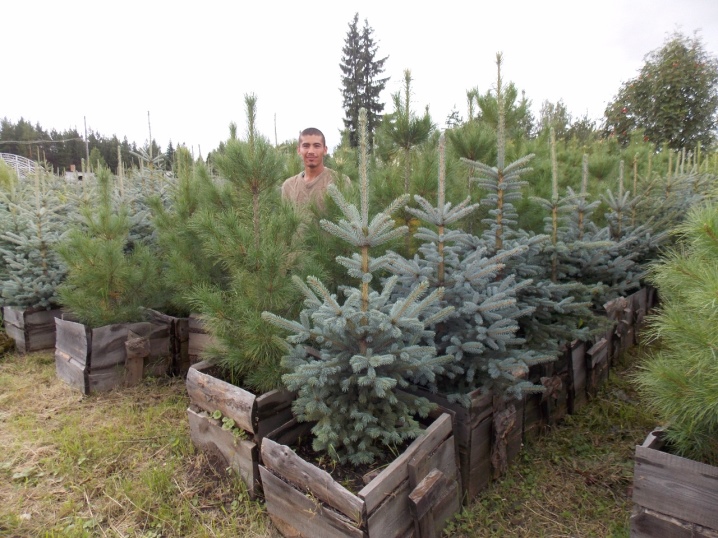
The main difference between these two trees is that they take root in different ways. When buying, you should pay attention to the root of the tree: it must be closed.
Otherwise, it may dry out, which will call into question the normal survival of the seedling.
Fir, the amount of moisture in the soil is unimportant. These seedlings are generally well rooted.
The crown of a fir does not require formation, it grows independently of the correct shape in the form of a pyramid. And the greens of the Christmas tree need to be trimmed, dried out trunks removed, and the length equalized.
Fir easily tolerates dry weather, and the tree must always be moistened.
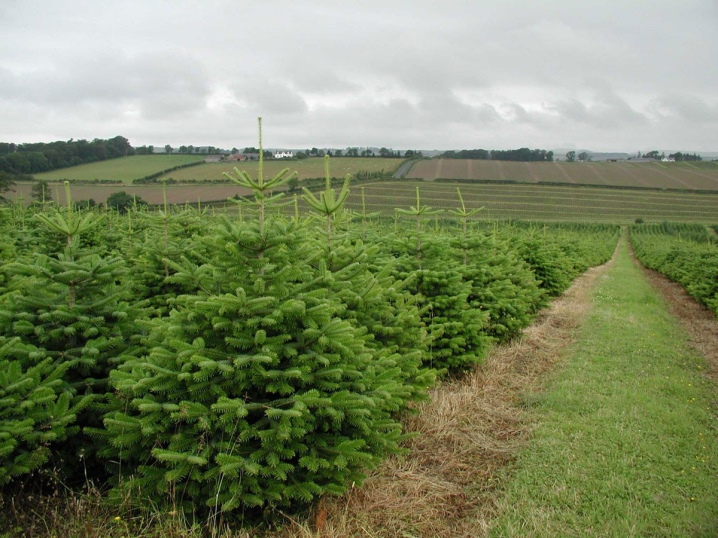
Fir requires constant feeding up to 3 years of age, and the tree does not need such nutrition.
After comparing all the criteria, we can conclude that each tree is good in its place. For example, for decorative cultivation, it is better to use fir, and for the manufacture of furniture and construction, ordinary spruce is ideal. It should also be noted that fir is more demanding to care for, therefore, its cultivation requires large physical and material costs.
How to distinguish fir from spruce, see below.



































































Thank you guys! You answered my question.
The comment was sent successfully.